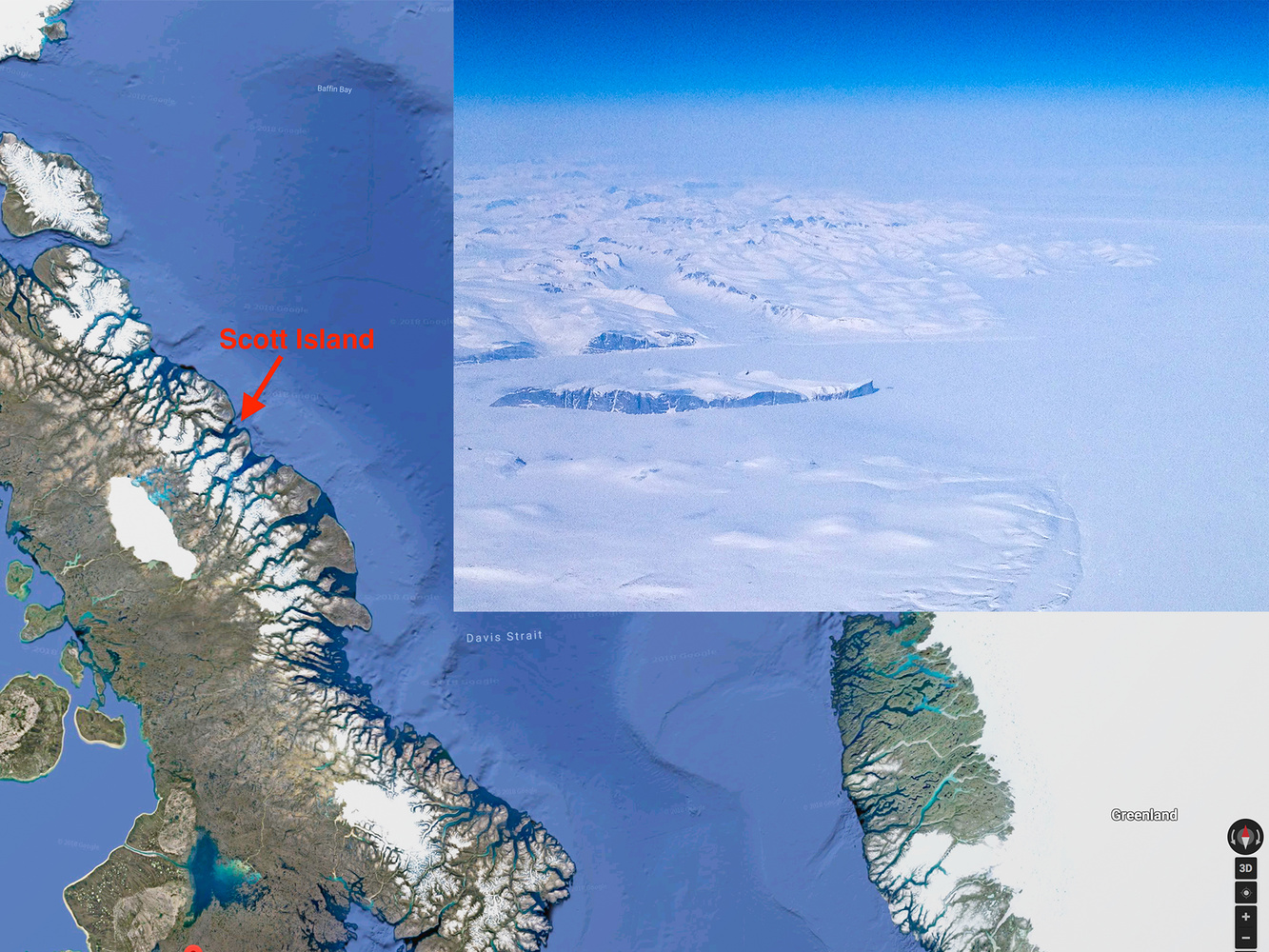Cruising in an airplane high above Earth you sometimes get to see places that are nearly impossible to reach, or even view, from the ground. Taking photos of those sights is not only fun but it can serve as a memory that you were sort of there in the first place. If you like geography, geology, or history in general it can also be an excellent reference so that you can investigate the area further once you’re back on terra firma.

This interesting city is Erbil, Iraq. After spotting it from the air I later learned that it is one of the longest human occupied areas on Earth.
The photographs that you’ll see here certainly aren’t going to win any awards for composition, clarity, or brilliance. That’s really not the point. I took them mainly to show friends and family some views of the world that they would probably never see otherwise. When I am flying over these places I wonder what life is like down below or, for some of the really remote areas, if anyone has actually ever set foot there.

The majestic, snowcapped Swiss Alps are captured in this view while on the way to Italy.
Being the geek that I am, I enjoy browsing around Google later to better comprehend what I was looking at from so far away. There’s a fun challenge to trying to find an exact spot on Google Maps that you saw from the air. Sometimes it is cut and dry, other times it takes some detective work to reacquire it.

Scott Island is an small, uninhabited piece of land in the frigid north off the Davis Strait.
The cool thing about these types of shots is that to get them you don’t need the latest and greatest camera body or lens. Just stick your smartphone or tablet up to the window and snap away. It’s that easy.

These terraced mountains in northern Turkey really stood out for the air, especially with the snow providing even more contrast.
That said, it is difficult to take excellent in-flight photographs with all of the factors going against you: changing lighting, shooting through a window, distance to your subject, and more. But, if you want to make your images just a tad better, here’s some things you may want to keep in mind:
1. Try to get your phone right up against the glass (or whatever it is that airplane windows are made of). This can help to minimize glare and reflections in your photograph.
2. Do your best to avoid the scratches in the window. Pretty much every portal on every plane ever made has them from what I can tell.
3. Test out different orientations of your device to get the best framing. Sometimes having the camera lens on top/bottom or left/right makes a difference in your field of view.
4. You don’t have to rush but you should hurry a little bit. When you’re traveling at 500 miles per hour or more, things go by rapidly, so be sure to snap the shot before your target ends up under the wing in your composition.
5. Go ahead and use the digital zoom. Usually I would tell you to just move closer to your subject but when you are confined to a flying cylinder in the sky that is a little difficult to do.
6. If you’re on a flight with a map that displays your position, grab a picture of that too. It will help immensely when you’re trying to remember where you were when you took the shot.
7. Your raw photograph will probably have a considerable amount of blue haze. Most devices have a photo app for some basic editing. Be prepared to do some color correction, contrast adjustment, and sharpening. If your app has a de-haze tool, even better.
8. Be on the lookout for interesting atmospheric events or effects. Lightning, hopefully well in the distance, is interesting to capture from the air. If you’re far enough north, or south, the aurora is a true photographic score. Keep your eyes open for glories too (rainbow-like halos around the shadow of the plane) they can be a real conversation starter on Facebook.

Somewhere over Norway a glory surrounds the shadow of my flight while the shadow of the airplane's contrail makes a bullseye right in the center.
Besides being fun, educational, and having some good conversation pieces when you get home, snapping pictures from the plane can help pass the time on long flights. So, the next time you are traveling by air, book the window seat and catch the world you have been missing.







I mostly get amazed by cloud formations. That definitely won't be repeated ever
Some of my tips: 1. Be smart about your seat. Check out the route and the possible interesting sights before the flight incl. sun position to chose which side of the plane. Unless you fly business make sure you sit in the very back, so you have the least part of the wings in the frame. 2. To identify where you are you have additional options. In flight: try to get GPS. If you hold the phone against the window, there is a good chance to get signal. Using an offline maps app, will help you go make a proper screenshot. After the fact: Use the flight logs from e.g. Flightaware to determine the path of the flight. This will help to narrow down the search.
In 1994, I did a lot of flying from home in South Carolina to Iowa as a contractor. I used disposable film cameras to photograph my flights and changing gates at O'Hare. I have to find the film, but I got a great photo of the neon light show between terminals at O'Hare; that was serendipity. I also took photos with the disposable from the air.
Think this was Utah. Window seat. North side of the plane coming back east from San Francisco.